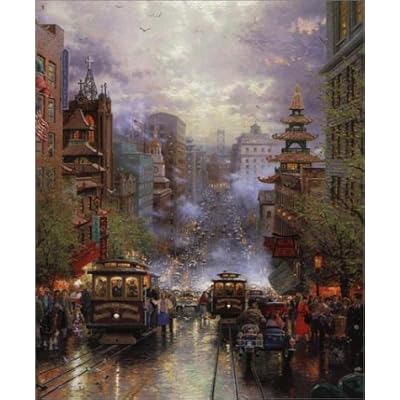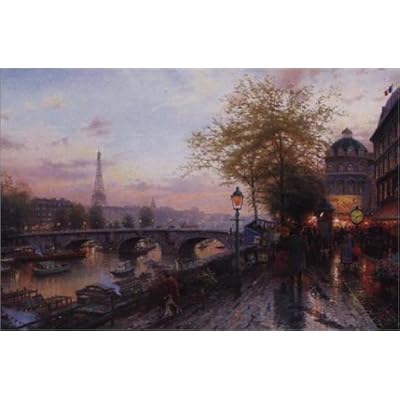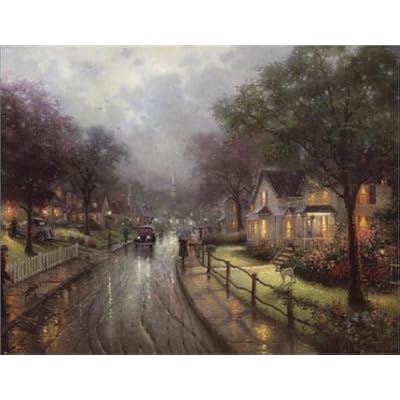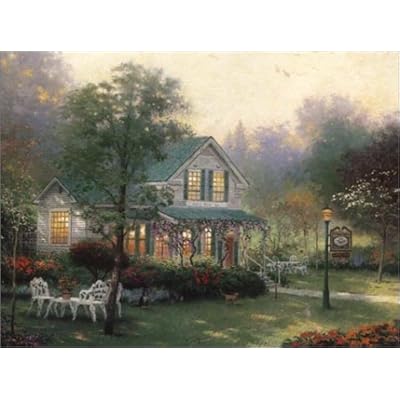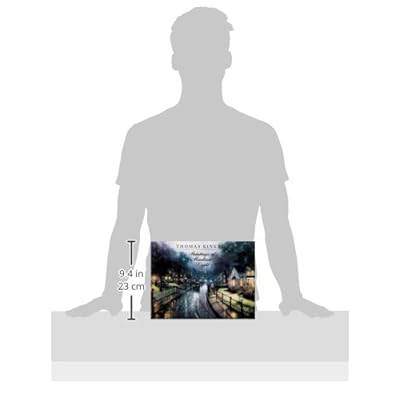Thomas Kinkade: Paintings of Radiant Light
Category: Books,Arts & Photography,History & Criticism
Thomas Kinkade: Paintings of Radiant Light Details
From Publishers Weekly Whether he is painting tranquil, small-town America, thatched cottages, flower-drenched gardens or bustling cities, Northern California painter Kinkade suffuses his canvases with a subtly ethereal light. This mysterious light is the unifying force in appealing pictures that reaffirm hope, beauty and a sense of life's possibilities. In an informal autobiographical essay accompanying 120 color plates, Kinkade discusses his boyhood, his happy marriage and his Christian faith, and states that his goal as an artist is to create glimpses of a peaceful world "full of the beauty of God's creation." Yet, people of any or no faith will be intrigued and touched by his gently healing paintings, at once secular and transcendent. In her short closing essay, California art critic Reed places Kinkade's meticulously crafted paintings in the pleinairist tradition of direct observation of nature. Copyright 1996 Reed Business Information, Inc. Read more
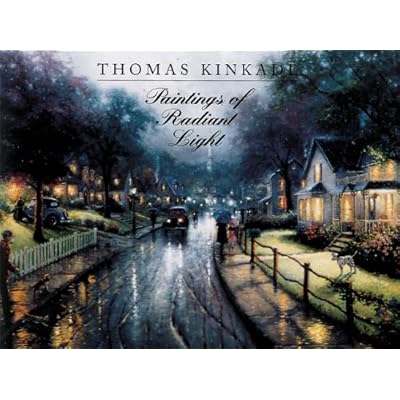
Reviews
If you have "Master works of Light" you will have pretty much every painting in this book. There is probably no way to collect this artists work without ending up with at least 7-8 of the majority of paintings.But there is one more annoying thing about this book. Some of the paintings - rather than print them sideways on the page due to their proportions - the "brain" behind this book chose to fold and tape them.........yes, TAPE them to the page with flimsy quality tape that deteriorates quickly so that they soon unhinge themselves. So now you have a heavy crease through the middle of the picture. I could understand this to some degree if it weren't that these folded pictures were zoomed in details of a larger painting. In which case they could have made them whatever proportion they needed to be to fit the page. Go figure.


